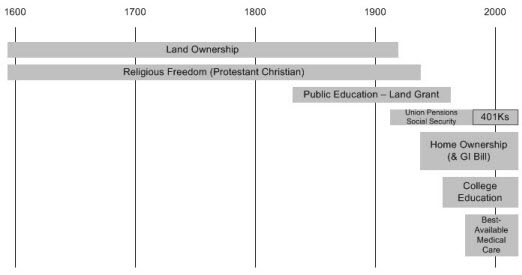The discussion of the pharmacy reorganization got me thinking of the trauma center that we started in 1979. That was well before I learned about lean practices or the Toyota method but I think we used a number of their principles anyway.
When we started our trauma center, we did something a bit like your pharmacy project. We were a small hospital (120 beds) in a new suburban area with the ocean on one side and national parks and mountains on the other. Orange County narrows down to a triangle which ends at San Clemente where the Marine base begins. We knew the county was going to regionalize trauma. A study had come out suggesting that too many people died because “the golden hour” was lost in trying to get doctors and operating rooms organized, especially at night.
Several large hospitals planned to enter a competition to qualify as centers; one of course, was the UCI medical center. None of them was within 25 miles of our hospital. We didn’t like the idea of seeing the injured patients, some of whom would be neighbors, being taken that far and we looked to see if we could set up a trauma center for our community that would pass muster with the EMS survey team. First we had to see if the hospital and medical staff would support it. My partner and I couldn’t do it alone.
I did a study of the finances of trauma. The stereotype is a drunken insolvent who is stabbed or shot. Our community is located along I-5 where it runs from Los Angeles to San Diego. We are between mountains and the sea. I took the records of all emergency admissions, who went to surgery or who were discharged with a “surgical” diagnosis and who went to ICU. Some of those were general surgery but by using a screen we got down to the trauma cases. I found that 85% of them had some sort of insurance. This was largely because most were auto accidents. Even if people don’t carry health insurance, somebody may have medical benefits with car insurance.
We presented this to the department of surgery and they turned us down flat. The vote was something like 33 to 2. We went to the Board of Trustees. At the time, the hospital was owned by a partnership, one of the dreaded for-profit hospitals. The Board was easily convinced that this was something we needed to do if this hospital was going to grow. Southern California is cursed with many small hospitals and few big ones outside of Los Angeles. I knew a vascular surgery group, of three men, in the San Fernando Valley that went to 12 hospitals. One of the reasons I moved to Mission Viejo was to get out of Los Angeles.
Anyway, we had the hospital on board but not the doctors. The hospital decided to make the trauma center a contract service like the ER. My partner and I would run it. The hospital hired a city planner to draw up a proposal for the county. They gave me a copy when he was finished and it was the size of a Chicago telephone book. I read through it and it sounded like a proposal for a shopping center. I rewrote it. A lot of it was useful, like traffic analysis, but the vast majority didn’t answer the right questions.
Then we had to figure how we could do this and not go broke. There were two of us. We would call other specialists, like orthopedists and neurosurgeons, as needed. That’s how we got around the surgery department. There were grumbles but they faded as the orthopods began to realize that trauma cases paid well, mostly. Then we figured out who is in the hospital at night. The other trauma center candidates all promised to have a surgeon and anesthesiologist in-house 24 hours per day. We could not afford that. We promised that the surgeon and anesthesiologist would arrive within 15 minutes of being called, usually before the victim. The ER doc would be there. That was just as Emergency Medicine was becoming a specialty and our ER docs were GPs.
